Dankwardt A.0471-97670-9
Immunochemical assays (immunoassays, IAs) are biochemical assays which work according to the law of mass action. They are based on the recognition of an antigen (Ag) or a hapten by antibodies (Abs). Abs are serum glycoproteins of the immunoglobulin (Ig) class and are produced by the vertebrate immune system against foreign material of high molecular mass. The result of the binding reaction between the Ab and an analyte is usually made visible by means of enzymatic, chemiluminescent, fluorescent or radioactive markers. According to the label used IAs can be classified into enzyme immunoassays (EIAs), radioimmunoassays (RIAs), fluorescence immunoassays (FIAs) or chemiluminescent immunoassays (CLIAs). The measuring range of most IAs for pesticides is in the parts per trillion to lower parts per billion range. A lot of samples can be analyzed within a short time, while only low sample volumes are necessary. In many cases (water, some liquid food samples) no extraction step and no cleanup are necessary. Not all assays are completely specific to one single compound. Cross-reactivities of the Abs with haptens similar to the analyte can be observed. In some cases, matrix effects may occur, especially with soil or colored food extracts. Therefore, validation of the assays for the matrix of interest should be carried out. As IAs are usually targeted at a single analyte or a group of analytes, multianalyte approaches using Ab arrays or a combination of immunochemical techniques with liquid chromatography (LC) are pursued. | |
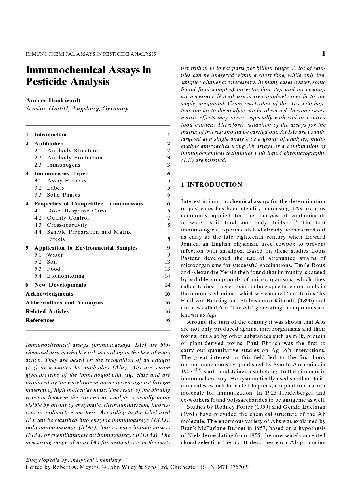
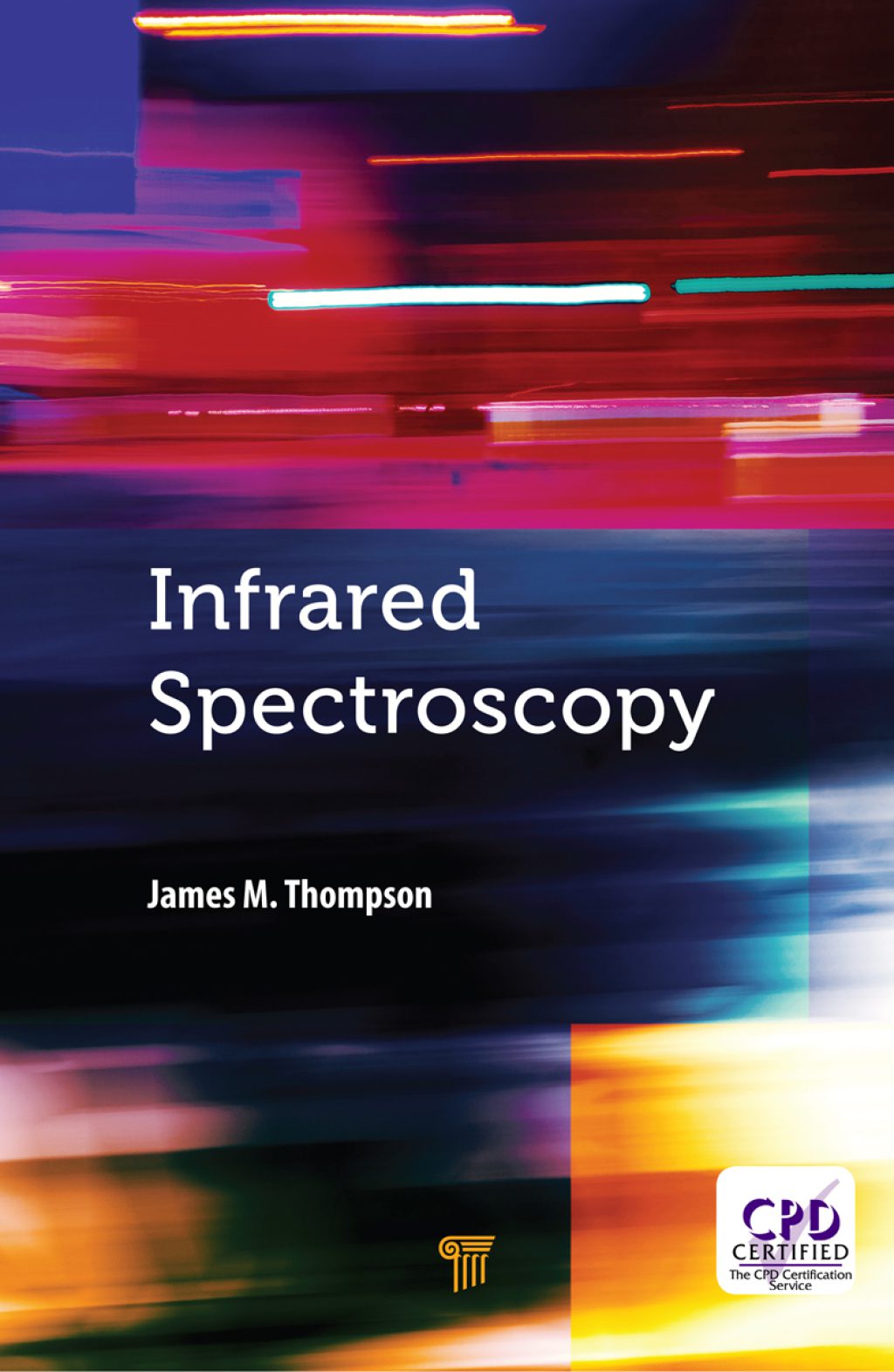
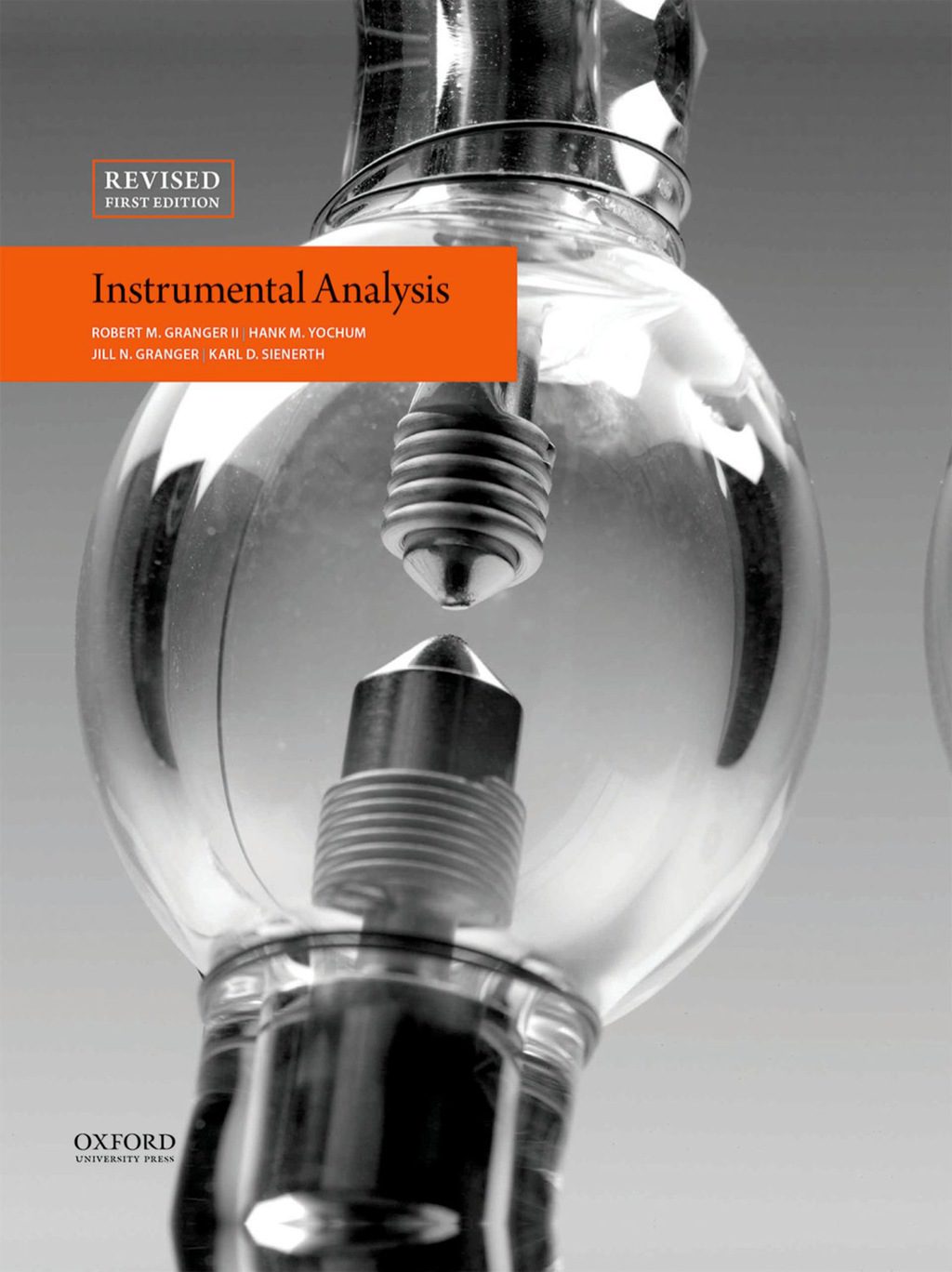

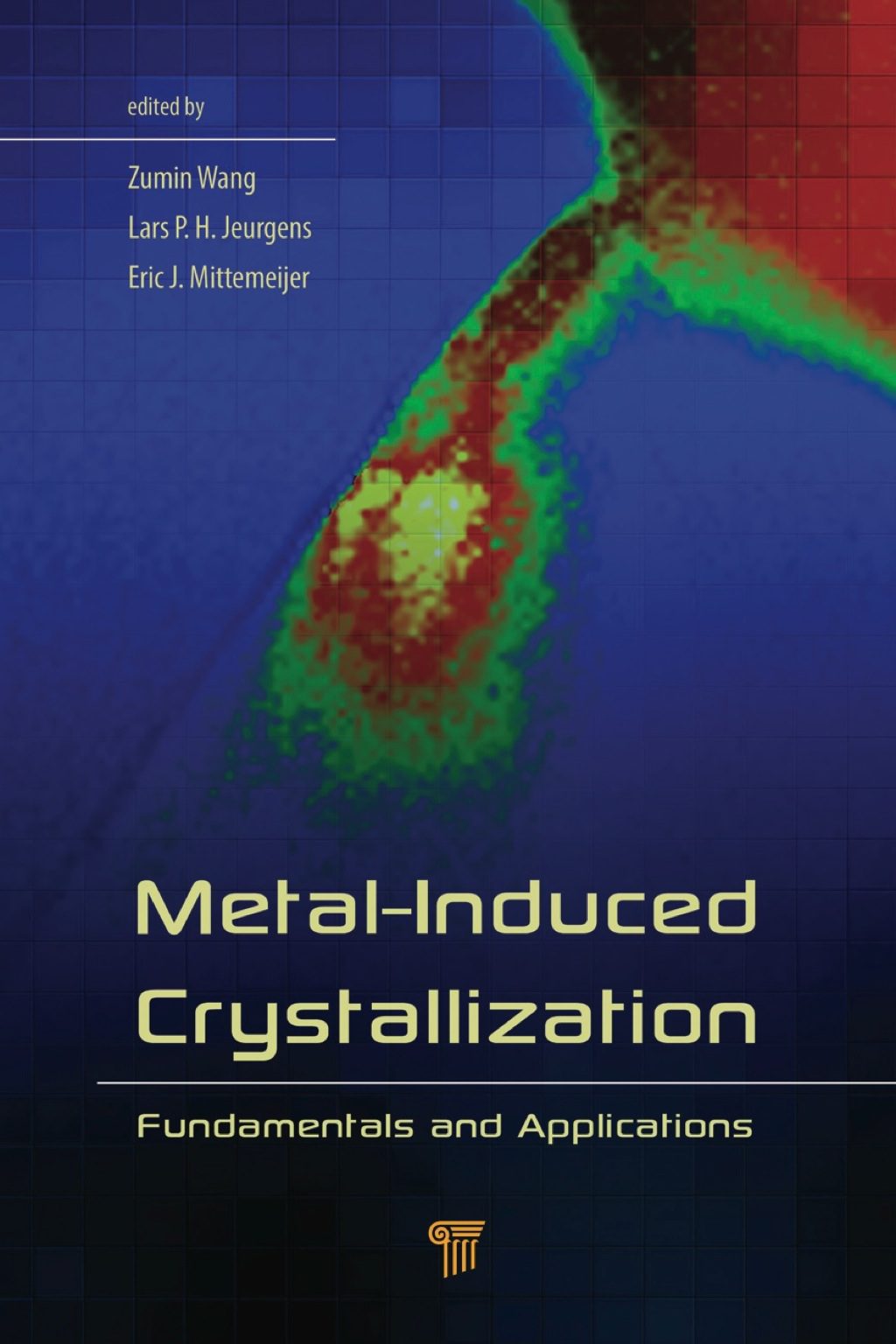

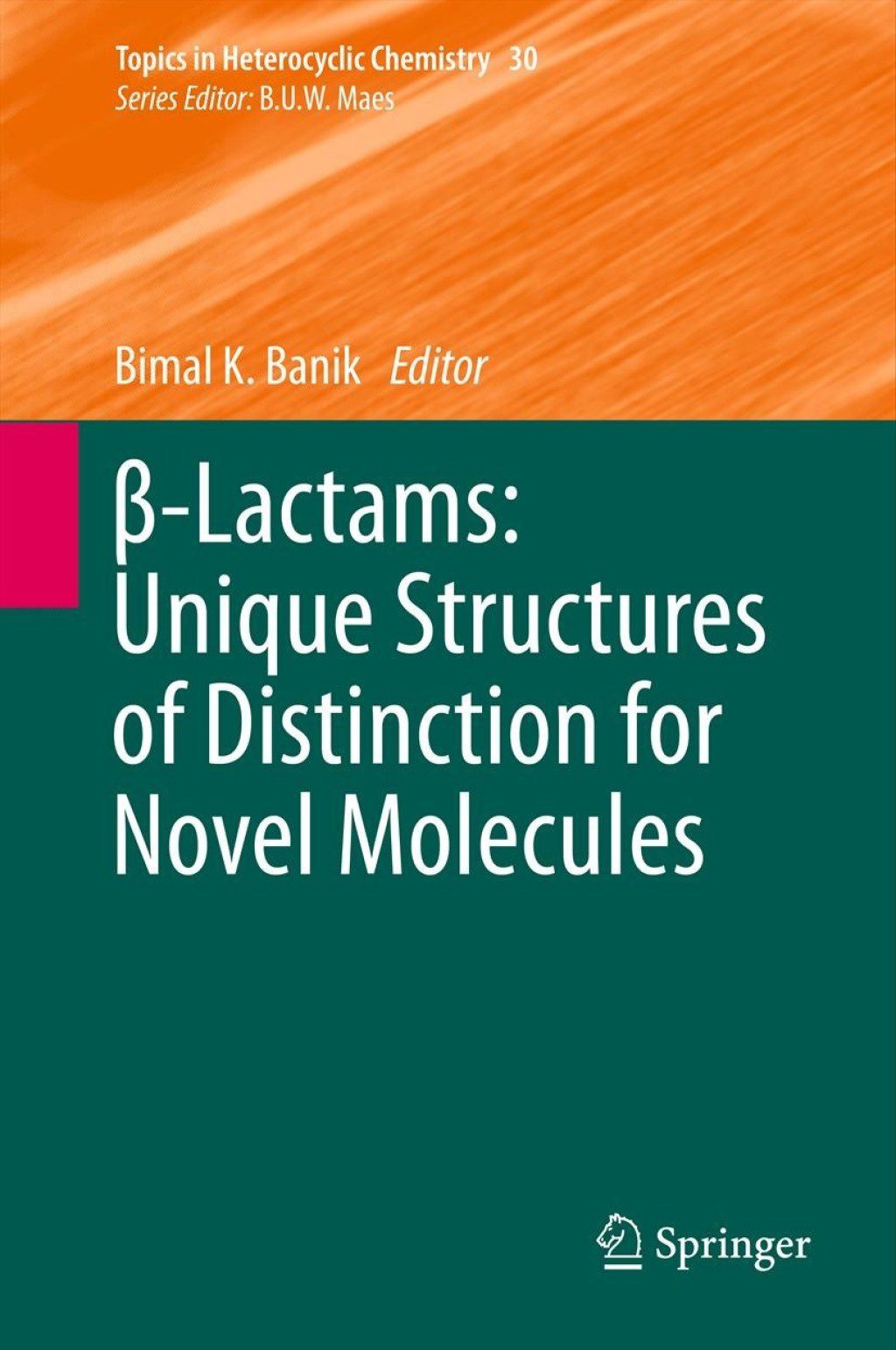
Reviews
There are no reviews yet.